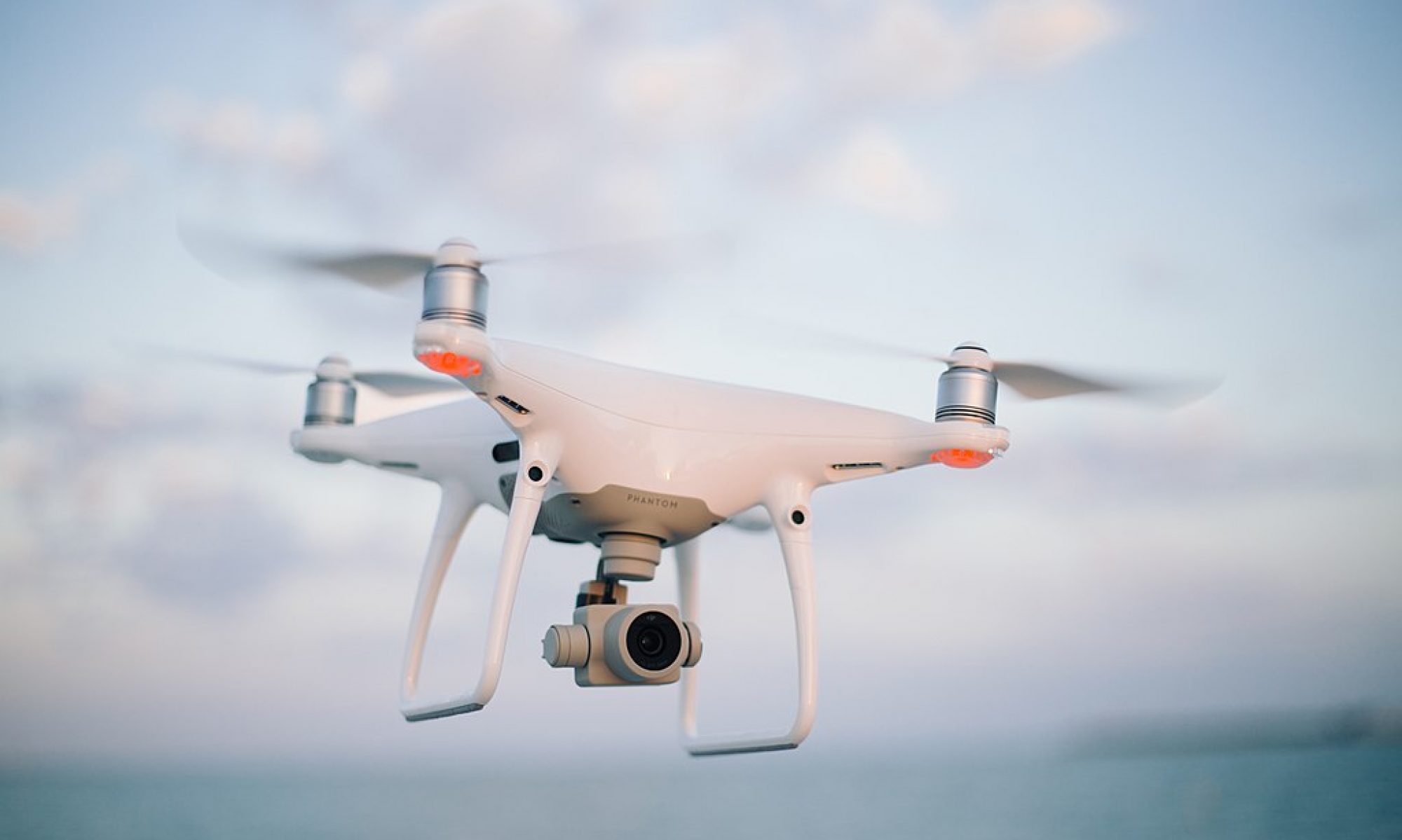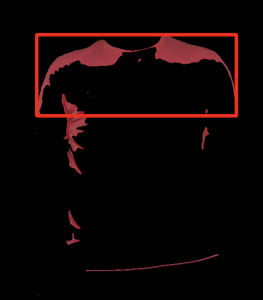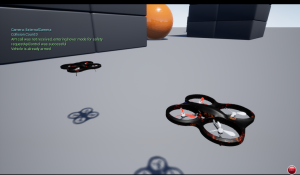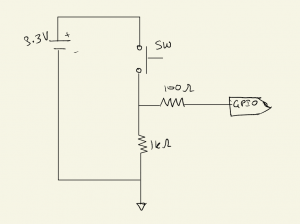This week, I first started by setting up the Jetson TX1 and downloading the Jetpack SDK. I ran into an initial bottleneck because the host PC required Ubuntu 18.04 to run Nvidia’s SDKManager application. Since I owned a Windows laptop, I attempted to use WSL in order to run this application, however I encountered numerous problems such as WSL not being able to display graphical applications without downloading a separate X-server, Windows firewalls preventing redirection, and WSL being unable to recognize USB devices plugged into the laptop. Ultimately, after four hours of troubleshooting this and contacting Nvidia support, we decided that Alvin and I would meet up at HH1307 later in the week to complete this process using his laptop. We were able to download the Jetpack SDK to the TX1 and download/configure ROS for the TX1. However, when trying to install Python libraries such as PyTorch, we realized that the TX1 had run out of internal memory. We tried researching solutions and eventually found that we could reformat an SD card, copy the contents of the flash memory to this SD card and configure the TX1 to boot from the SD card rather than internal memory. We acquired the necessary tools for doing so and will do so tomorrow.
In addition to setting up the TX1, I finished designing a case for housing the TX1 while the user is carrying it. I created this case by modifying a template for a top case I found online and then creating a new backplate that can be screwed on to the back of the case with the TX1 being sandwiched in the middle. We plan on 3D printing this early next week. I also began to research methods for target state estimation and worked with the team to create the design review presentation.
Next week, I will begin to work on target state estimation using arbitrary frame by frame (x, y) and bounding box data that I will create myself for testing. In addition to this, I will begin designing the housing to mount the camera and the Raspberry Pi onto the drone. Finally, I will also help provide test video to Vedant of targets with various different shirt colors walking outside, 20 feet below the camera so that he can figure out what colors are best detected in the outdoor lighting conditions.






